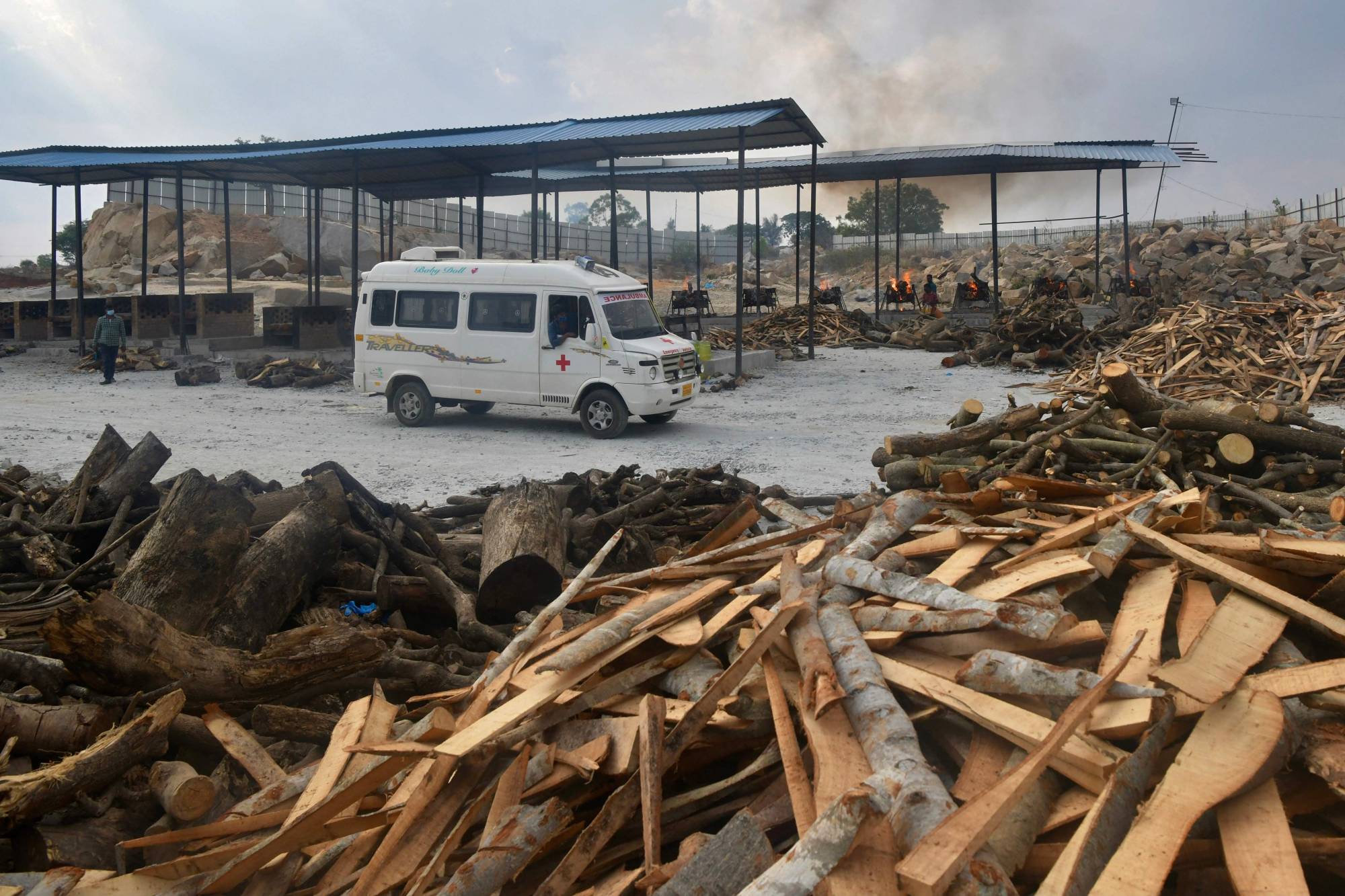When reporting on any mass tragedy, a basic rule of journalism is to be sensitive to the victims and those who are grieving. Western media, which double as the international media, usually observe this rule at home but discard it when reporting on disasters in non-Western societies.
The coverage of India’s devastating second wave of COVID-19 is a case in point. Western media have been filled with images of dead bodies and other graphic scenes that generally would not be shown following a similar disaster in a Western country. About half of global COVID-19 deaths have occurred in Europe and the United States alone, yet Western media have avoided presenting harrowing images from those settings.
Even at the height of the pandemic in the U.S. and Europe, it was unthinkable that television crews would barge into emergency rooms to show how overwhelmed the doctors and nurses were. Yet such scenes have been broadcast internationally from inside Indian hospitals, with little concern for how the intrusion could affect life-or-death decisions. Television journalists have also swarmed Indian families who lost loved ones, turning their private grief into a public spectacle for Western consumption.



















With your current subscription plan you can comment on stories. However, before writing your first comment, please create a display name in the Profile section of your subscriber account page.